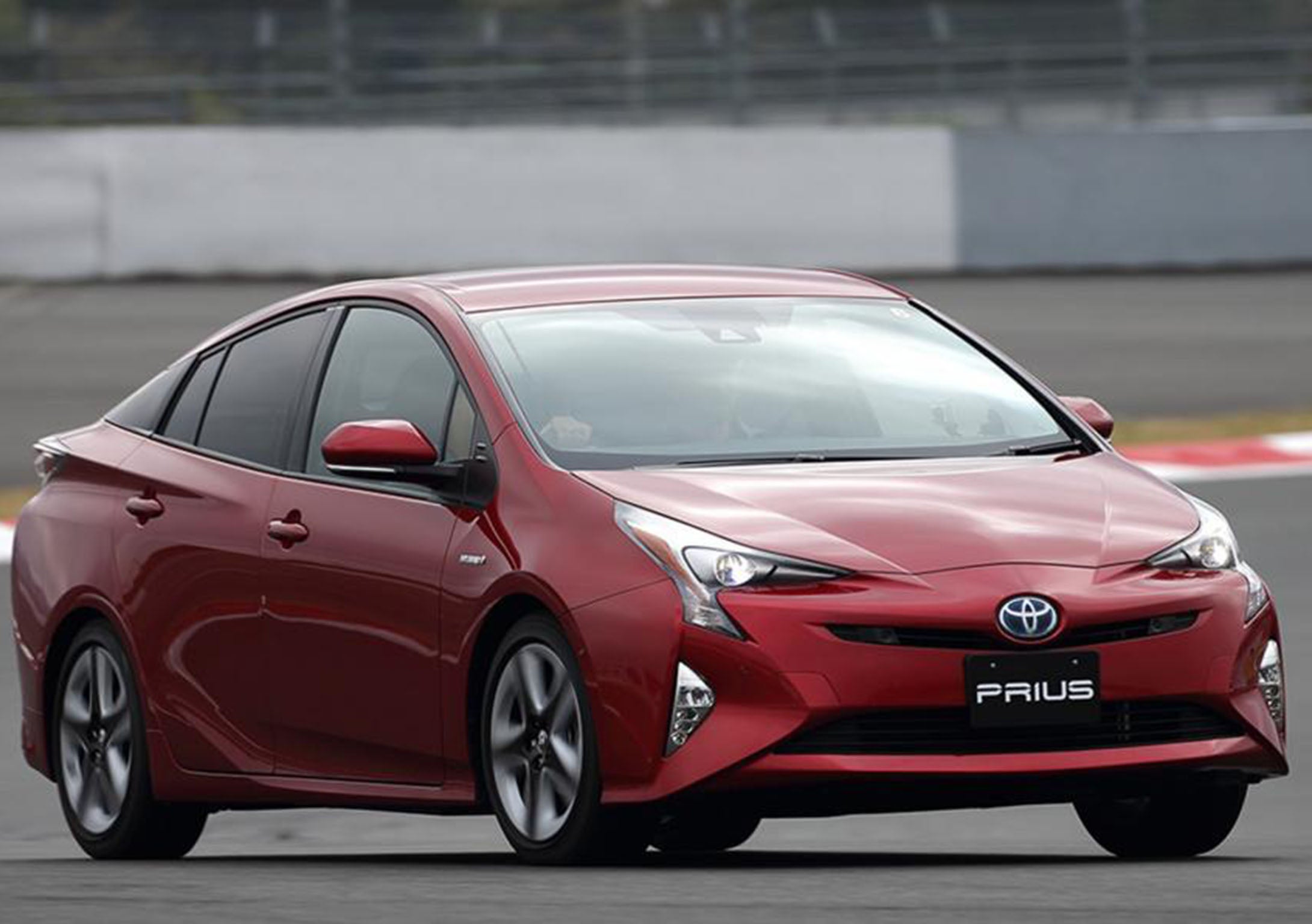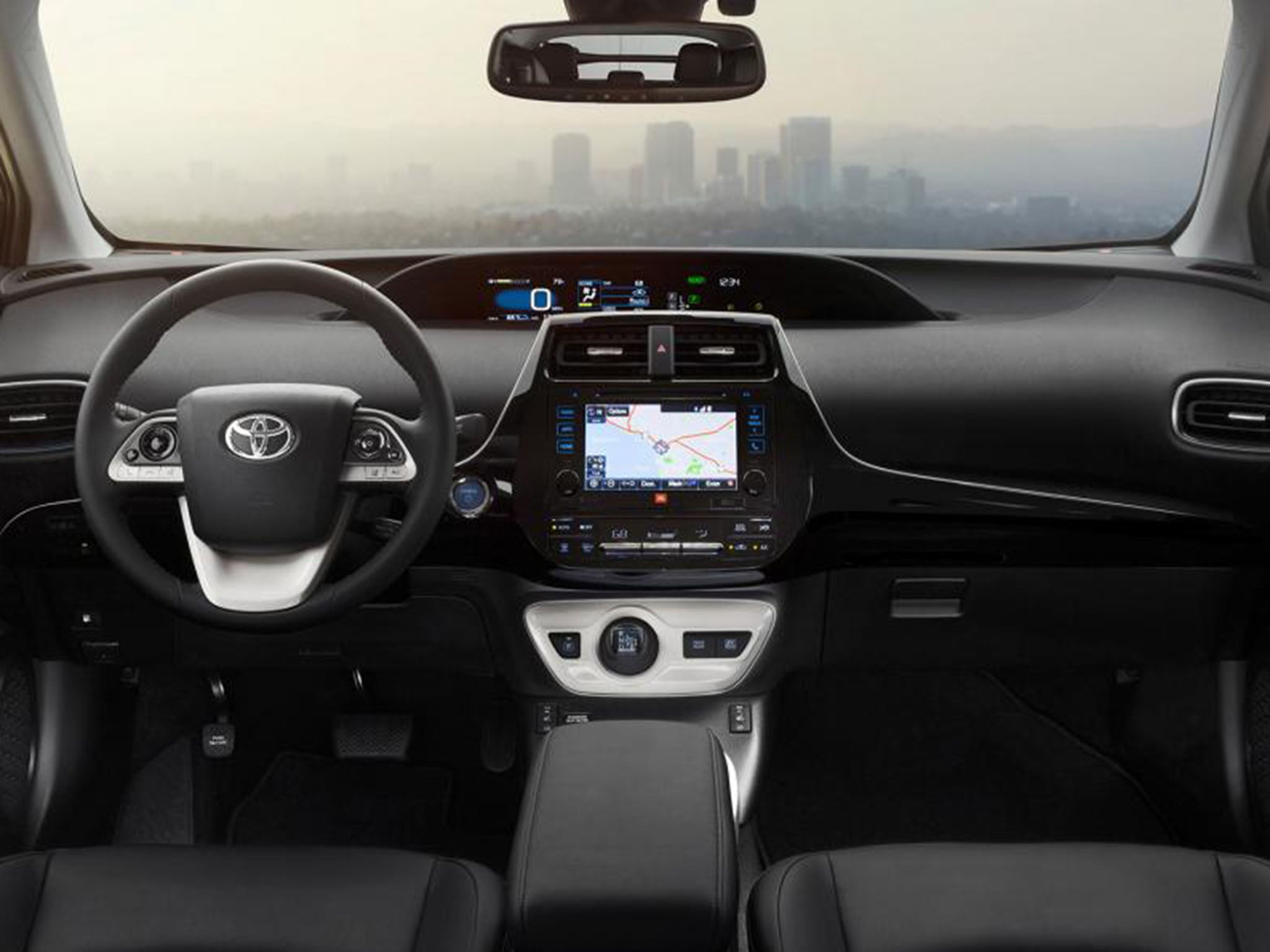2016 Toyota Prius, car review: New global platform debuts on fourth-gen hybrid hero
The TNGA platform has many more tests to come – but it’s come through its first with flying colours

Your support helps us to tell the story
From reproductive rights to climate change to Big Tech, The Independent is on the ground when the story is developing. Whether it's investigating the financials of Elon Musk's pro-Trump PAC or producing our latest documentary, 'The A Word', which shines a light on the American women fighting for reproductive rights, we know how important it is to parse out the facts from the messaging.
At such a critical moment in US history, we need reporters on the ground. Your donation allows us to keep sending journalists to speak to both sides of the story.
The Independent is trusted by Americans across the entire political spectrum. And unlike many other quality news outlets, we choose not to lock Americans out of our reporting and analysis with paywalls. We believe quality journalism should be available to everyone, paid for by those who can afford it.
Your support makes all the difference.Driving the new Prius is a significant thing to do right now. Not because this is the fourth incarnation of a car that’s come to be thought of as the definitive hybrid, but because it’s the first on Toyota’s new TNGA platform.
What this means is that it had better cut the mustard. Because if it doesn’t, the mustard will remain uncut by a huge proportion of Toyota’s vehicles over the next few model cycles.

So we’re looking for more interior space, as packaging starts with the platform. And we want to experience a level of handling that moves the game forward.
The Prius gets off to a good start. It’s not just the architecture that takes up less space, it’s the hybrid part of the powertrain – featuring a battery that’s both smaller, lighter and quicker-charging. And the consequence is a bigger boot space for your family’s luggage – 502 litres is an increase of more than 10% on before.
Toyota Prius
Price: from £23,295
Engine: 4 cyls, 1797cc, petrol plus electric motors
Power: 121bhp
Torque: 105lb ft
Kerb weight: na
0-62mph: 10.6sec
Top speed: 112mph
Fuel economy: 94.1mpg (combined)
CO2 70g/km: 9%
Your family itself gets more room to relax in, too, and the glasshouse around them now lets in more light so it feels bigger and airier all round. And from the driver’s seat, the dash has a studied sparseness that comes across rather nicely.
From the outside, the Prius doesn’t look as different to the previous model as it actually is. Those new underpinnings mean it’s wider and longer, though – but lower in terms of both roof height and centre of gravity.
Combine this with what Toyota says is a 60% increase in rigidity, and you should be looking at a tidy suite of dynamic skills – especially as they’ve also brought its suspension up to date.
From what we’ve seen so far, the Prius delivers on these promises. It’s still a family car whose aim is to get you around in a bubble of electric calm, not to bring out the F1 fantasist in you, but first impressions are that it feels tidier dynamically and in particular more confidence inspiring when you get on the brakes.
It’s a more powerful vehicle, too, which is always nice. The familiar 1.8-litre petrol engine has been wound up to 97bhp, and it’s coupled to a motor with 71bhp – not epic figures, but with the two elements blending so well you can’t see the join the result is a good, usable sweep of acceleraton.
So it’s a Prius that takes a step forward as a Prius, and a Toyota that takes a step forward as a Toyota. It’s expensive enough to get you thinking about the conventionally powered alternatives, for sure, but the bottom line is that this is the best Prius yet.
Actually, of course, the bottom line is that so far, it seems Toyota’s future is safe and sound. The TNGA platform has many more tests to come – but it’s come through its first with flying colours.
Join our commenting forum
Join thought-provoking conversations, follow other Independent readers and see their replies
Comments